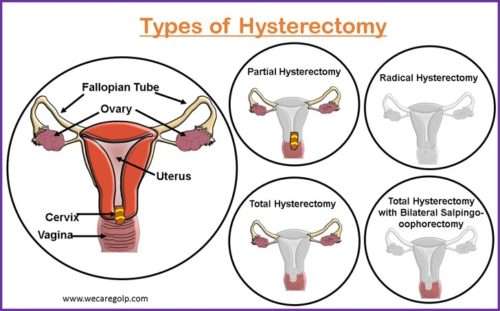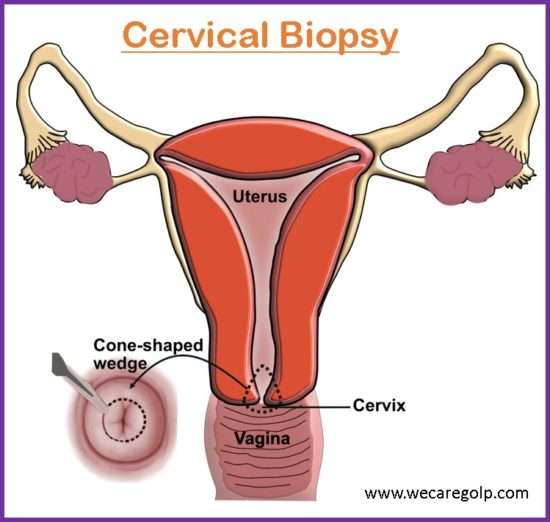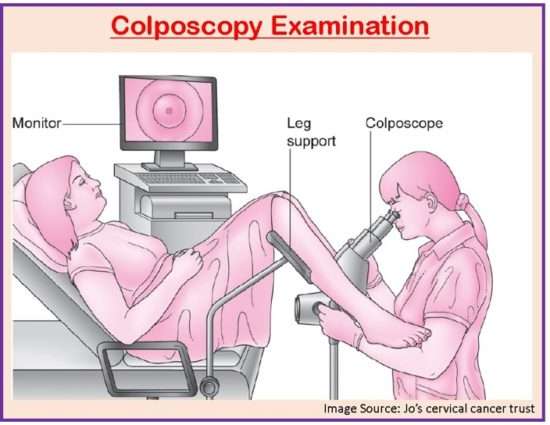Mammography (Mammogram)
Introduction Mammography is soft tissue roentgenography (use of X-ray) to image the breast to detect breast cancer pathology and cancer. In mammography, low-dose X-rays are used which can show abnormal areas or tissues on the breast. It helps to detect cancer before the clinical manifestations of breast cancer occur. Epidemiology Recommendations for Mammography The American … Read more




